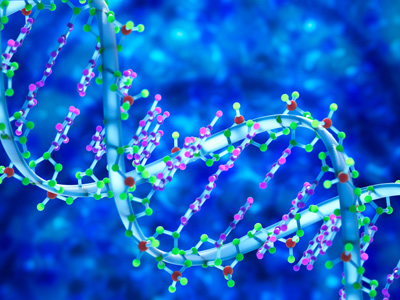
Resistance of Pathogens to Antibiotics
This Biology quiz is called 'Resistance of Pathogens to Antibiotics' and it has been written by teachers to help you if you are studying the subject at middle school. Playing educational quizzes is a fabulous way to learn if you are in the 6th, 7th or 8th grade - aged 11 to 14.
It costs only $12.50 per month to play this quiz and over 3,500 others that help you with your school work. You can subscribe on the page at Join Us
In centuries past, millions of people died because of diseases spread by pathogens. Two scientific discoveries have helped to prevent the vast majority of these deaths - vaccines and antibiotics. Today we face a new threat - strains of bacteria which have formed a resistance to antibiotics. This middle school Biology quiz looks at some of these bacteria, how they spread and what we can do to stop them.
Pathogens include bacteria, viruses and fungi which are capable of causing diseases. Alexander Fleming discovered penicillin in 1928, but it took 12 more years until a method was found that could be used to produce it in sufficient quantities to be used in hospitals. It came in time to save the lives of many WWII soldiers who would have otherwise died because their wounds became infected. Since penicillin, scientists have developed many other antibiotics to target certain types of pathogens - namely, specific strains of bacteria. Antibiotics do not destroy viruses or fungi.
In recent times, antibiotic-resistant strains of bacteria have appeared which pose a threat to human health as they are very difficult to kill. The usual example of this is the MRSA bacterium in hospitals. This has developed a resistance to antibiotics but can be controlled by good hygiene - visitors to hospital wards are required to use a special alcohol based hand cleanser when entering and leaving a ward and regular use of bleach or other disinfectants when cleaning hospitals keep this dangerous bacterium under control.
But how do these resistant strains of bacteria arise? Firstly, there is the overuse of antibiotics. At one time, doctors would prescribe antibiotics 'just in case'. In other words, if a patient did not show signs of having a bacterial infection, they would still prescribe antibiotics to prevent infection. This allowed bacteria plenty of opportunity to mutate and develop a resistance.
Secondly, a course of antibiotics usually lasts from 7 - 10 days. Normally by day 3 or 4, you start to feel a lot better as the majority of the bacteria have been killed and some people then stop taking them. But the most resistant bacteria are still in your system and the rest of the course is designed to kill as many of these as possible leaving the remaining bacteria to be killed by your own immune system. Stopping taking a course of antibiotics early leaves too many of these resistant bacteria for your system to fully destroy and they can then be passed on to other people.
Ready for more?
not all...
quizzers. Try to win a coveted spot on our Hall of Fame Page.







